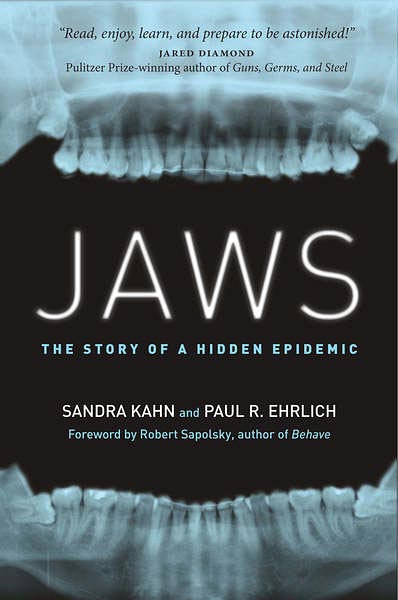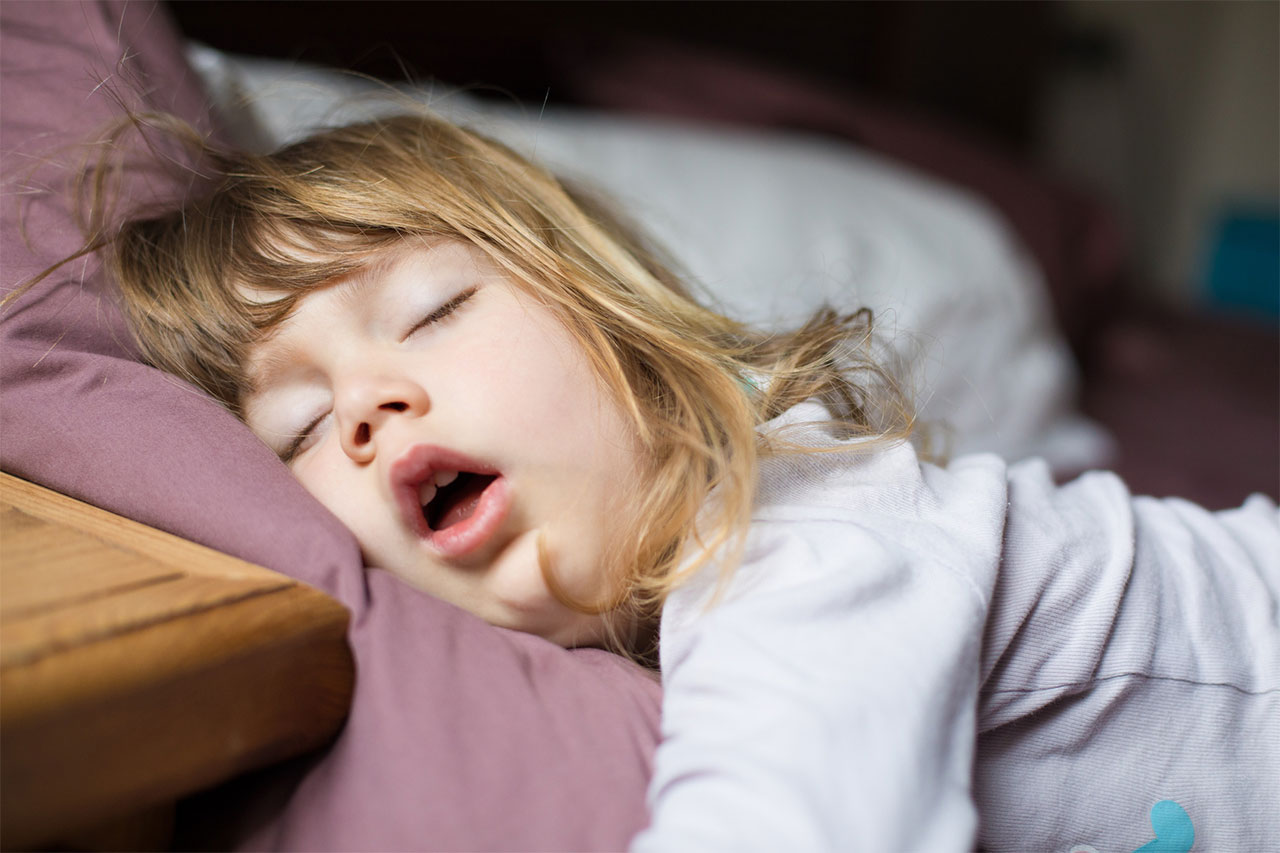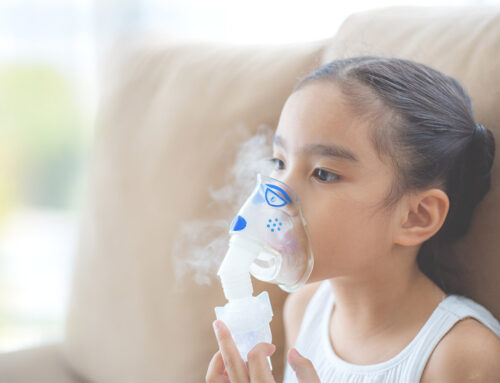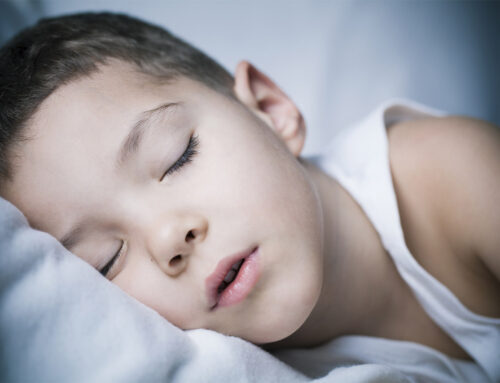Mouth breathing in children is something I see a lot. Not just in my practice but also when I’m out in public, at a shopping mall or at the airport for example. So many of the kids I see, and the adults for that matter, have their mouth open.
I’m not the only one who notices this. Many of the students taking my MyoMentor myofunctional therapy training programs tell me the same thing. Once they start looking for the symptoms as part of their training, they start to see them everywhere. It’s a pretty common story. One that I’ve heard over and over from other myofunctional therapists, doctors, and dentists. As they start to become familiar with oral myofunctional disorders, they start to see them consistently.
An open mouth resting posture is a sign to look out for
Try it for yourself. Take a look around at the next time you’re in a public place. Pay close attention to the resting state of people’s faces, both adults and children. You may well be shocked at what you see.
Why Does Mouth Breathing In Children Matter?
Mouth breathing is a sign of an underlying health condition. Human beings evolved to breathe through the nose. Mouth breathing is actually a dysfunctional breathing pattern.
Mouth breathing in adults is problematic enough, but mouth breathing in children can lead to developmental changes that have lifelong effects.
So much of what happens as we grow boils down to the position of the tongue. The tongue should naturally rest in the top of the mouth, filling the palate from front to back. When it does this, it functions as a natural support structure for the face and jaws, naturally guiding their growth.
But with the mouth open, the tongue will rest low. This means it’s unable to fulfill its natural role and guide facial growth. Changes in craniofacial growth will be the inevitable result. These changes manifest as limited forward facial development, and narrowing of the jaws and palate, all of which translates into a narrow airway.
A narrow anyway is directly tied into problems with sleep, including obstructive sleep apnea and other sleep disordered breathing conditions. Many people assume that sleep apnea affects only older, overweight men. This definitely isn’t the case. Sleep disordered breathing affects people of all ages and sizes, including children.
Obstructive Sleep Apnea And Children
As you can see from the video below, obstructive sleep apnea definitely affects children. And sadly, children are far more susceptible to the effects of sleep disordered breathing than adults are.
Poor sleep in children can manifest in a number of ways. Research suggests that up to a quarter of children diagnosed with ADHD might actually have sleep disordered breathing, including obstructive sleep apnea. Learning difficulty and problems with behavior can often be linked to kids just not getting enough good quality sleep. This is especially true in cases of obstructive sleep apnea. Failure to thrive and less than optimal growth in children can also be linked to sleep disordered breathing.
It’s worth noting that snoring is considered a sleep disordered breathing condition. Snoring in children is never cute or adorable. It’s a very definite sign of underlying health issues and should be investigated.
Mouth Breathing And Orthodontic Treatment
Other consequences of a mouth breathing habit in children are oral and dental problems. Again the position of the tongue plays a huge role. When the tongue is in the correct place in the mouth, it effectively functions as nature’s orthodontics, guiding not only the growth of the face but also the growth and position of the teeth.

As Sandra Kahn and Paul Ehrlich point out in their book Jaws: The Story Of A Hidden Epidemic, the problems are widespread:
“Modern industrial societies are plagued by small jaws and crowded ill-aligned teeth, a condition that the dental profession refers to as malocclusion (literally “bad bite”). Malocclusion is often accompanied by mouth breathing. Together, not to mention their negative effects on appearance, the two tend to reduce our quality-of-life and make us more susceptible to disease. And they are increasingly common. William Proffit, Author of the most widely used textbook and orthodontics, the part of dentistry focused on straightening crooked teeth, pointed out the scale of the epidemic in the United States in 1998: “Survey data reveals that about a fifth of the population has significant malocclusion, and irregularity of the incisors (crowding of the front teeth) is severe enough in 15% that both social acceptability and function could be affected. Well over half have at least some degree of orthodontic need.”
As I pointed out in this article, Sydney-based orthodontist Dr. Derek Mahony has done some amazing research showing that a large number of the children who had been referred to his orthodontic practice also showed symptoms of sleep disordered breathing. Orthodontic symptoms such as narrow jaws and palates, and restricted facial development are tied into narrow airways. Narrow airways are directly linked to oral myofunctional disorders.
These Effects Are All Preventable
In most cases, the adults I see in my practice were once mouth breathing children. If their parents had been aware of the consequences of mouth breathing in children, it’s entirely possible that many of their issues would never have occurred.
As you’ll see in the video below, I had my own share of oral myofunctional issues, all of which stem from the fact that I was once a mouth breathing child. My parents didn’t know that a mouth breathing habit could lead to so many problems. Myofunctional therapy has helped me address many of the symptoms and possible consequences but I wish I’d been able to do something about the situation when I was much younger.
If you’re a parent of an infant, toddler, young child, or even a teenager, and you notice that they’re breathing through the mouth, or even that they have their mouth open just a little bit when they’re relaxed, I’d urge you to speak to your doctor or dentist, or a myofunctional therapist and try to get some clarity as to what’s actually going on.
Remember that mouth breathing in children or even a mildly open mouth are signs of underlying health issues. It’s like a canary in a coal mine, and you should pay attention to it.




